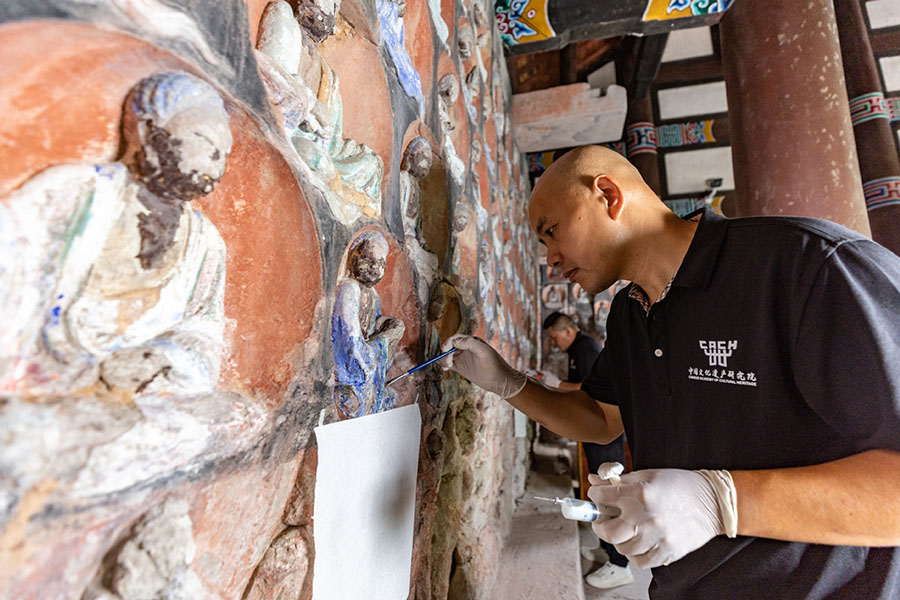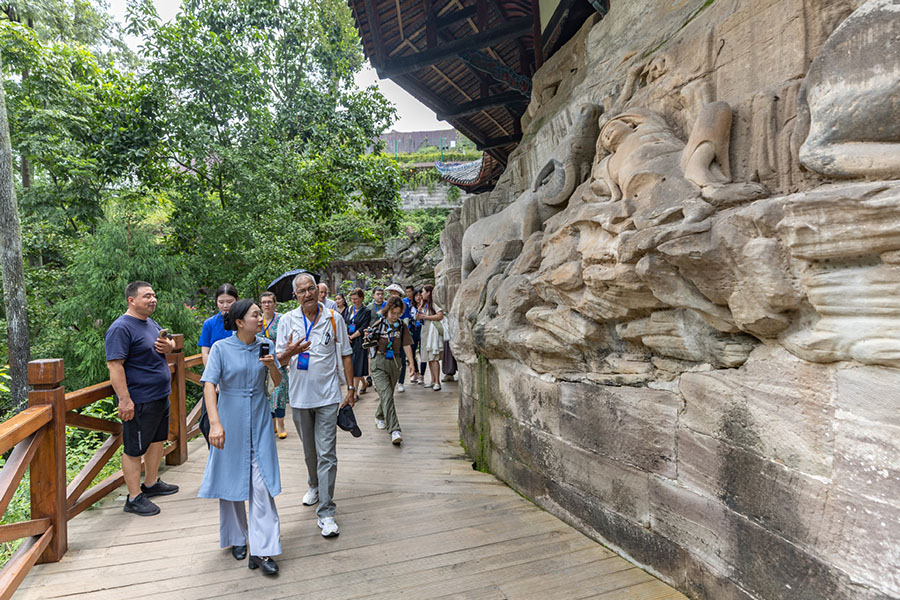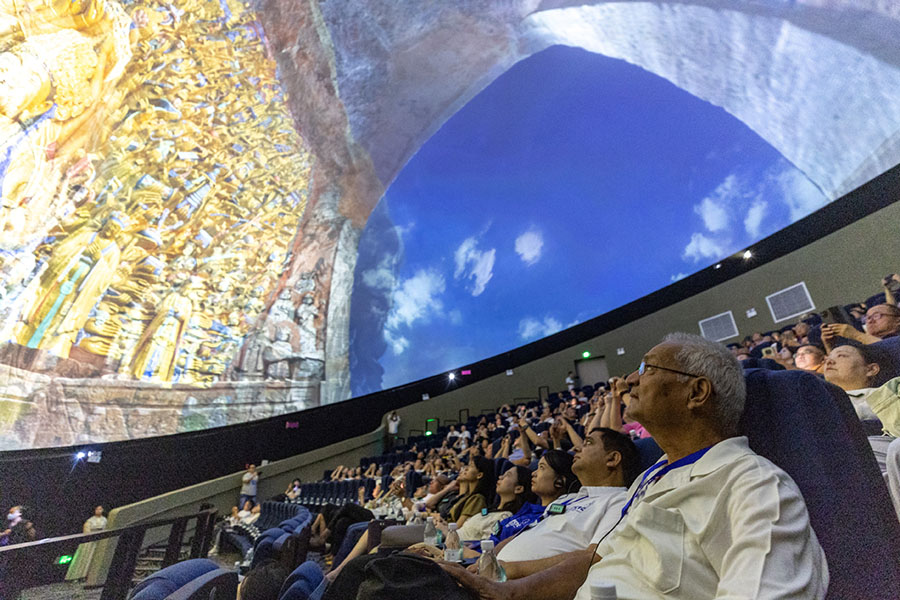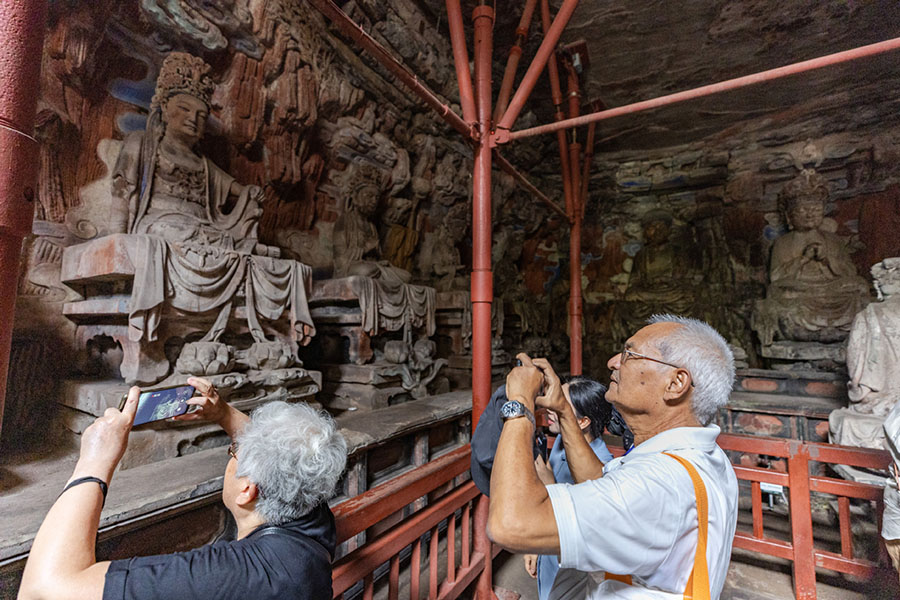DepthReading
Experts pool wisdom for cave temple conservation amid climate change

Over 100 cultural heritage conservation experts and scholars from home and abroad recently gathered in Southwest China's Chongqing for a forum which focused on cave temple conservation.
The first International Forum on Cave Temple Conservation was held from Aug 19 to 21 in Chongqing's Dazu district, home to the renowned UNESCO World Heritage Site Dazu Rock Carvings.
The Dazu Declaration on Cave Temple Conservation in the Context of Climate Change was issued on Monday.

Cave temple cultural relics consist of a variety of types, such as cave architecture, cliffside sculptures, niches and murals. In China, the Mogao Grottoes, Dazu Rock Carvings, Yungang Grottoes and Longmen Grottoes, all of which are listed as UNESCO World Heritage sites, are examples of cave temple complexes.
However, increases in extreme weather events and unpredictable climatic conditions, the result of climate change, are challenging efforts to preserve cave temples globally. Therefore, experts in this field believe that international cooperation and exchanges are particularly necessary for the conservation of cave temples, which involves a comprehensive endeavor that spans multiple disciplines of research and technology.
This is the first conference focusing on connections between climate and grotto conservation. Cultural heritage experts provided valuable insights, and exchanged ideas and practical examples, as well as worked together to promote cave preservation, said Mario Santana Quintero, secretary general of the International Council on Monuments and Sites (ICOMOS).

Cecilie Christensen, founder of World Heritage Catalysis and a member of ICOMOS, said that excessive tourism, which also contributes to the rise in carbon emissions disrupting ecological balance and contributing to climate change, has become a factor leading to the deterioration of cultural heritage sites.
Christensen called for experts and scholars to continue sharing practical experience, pooling collective wisdom, and collaboratively addressing the challenges faced by global cultural heritage conservation, to finally realize the sustainable development of world heritage.
Li Qun, head of China's National Cultural Heritage Administration, said that cave temple preservation has long been a significant subject in the field of international cultural heritage protection. Over the years, professional institutions from China, Japan, the United States, Britain, Australia, and Italy have established cooperation in this field.
Statistics showed that there are 2,155 cave temples and 3,831 cliffside sculptures scattered across China.

Regarding China's conservation efforts, foreign experts have given positive feedback.
Abdul Samad, director of the Directorate of Archaeology and Museums of Khyber Pakhtunkhwa in Pakistan, said he was impressed by China's cultural heritage conservation efforts, which are highly meticulous and professional, particularly in areas such as digital documentation and the restoration of cultural relics.
After visiting the Dazu Rock Carvings along with other forum attendees, Samad said it was quite inspiring, and he expected to enhance cooperation with China in cultural relics' conservation in the future.




Category: English
DepthReading
Key words:
